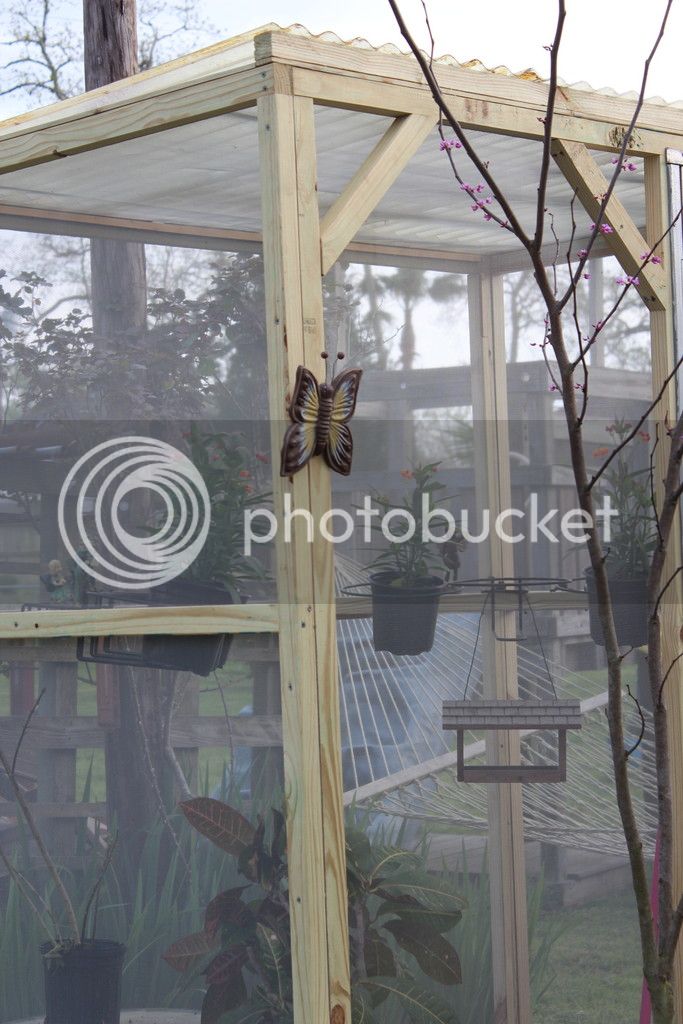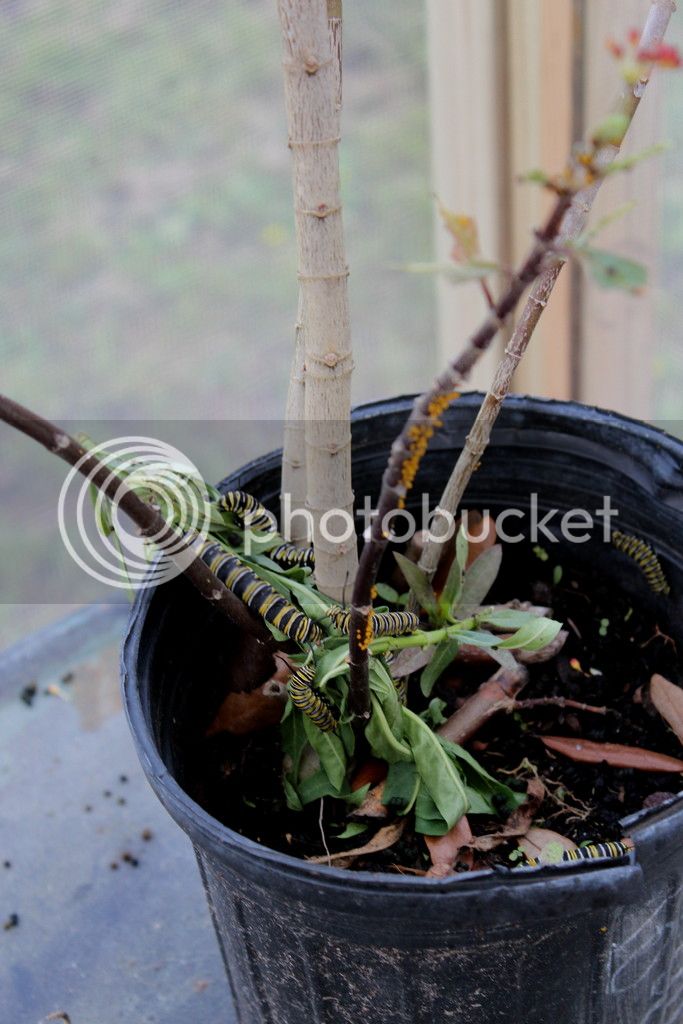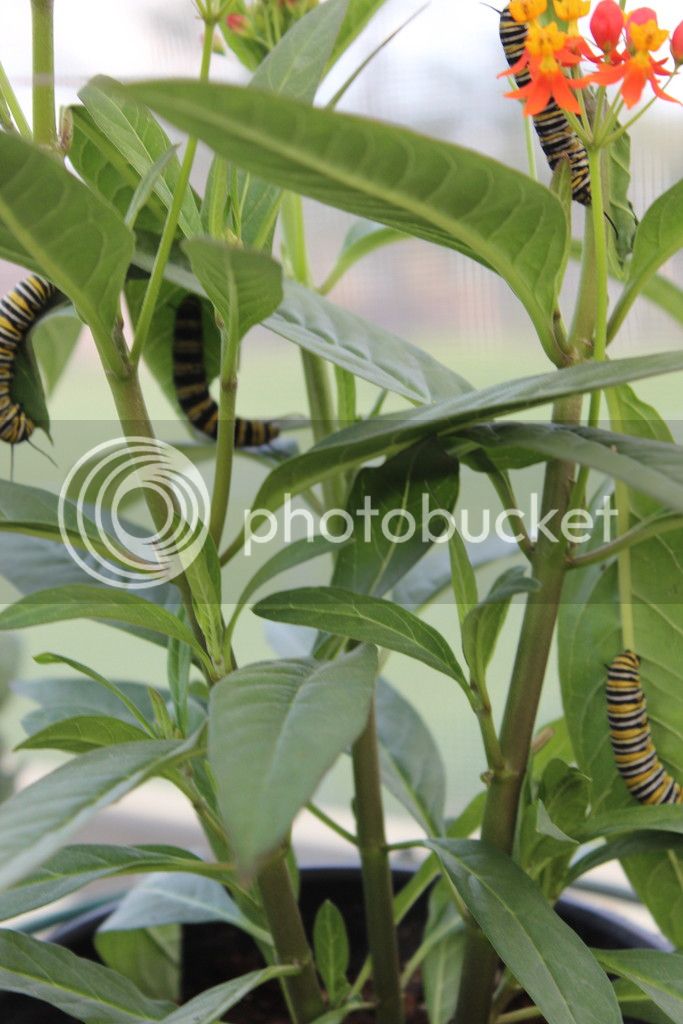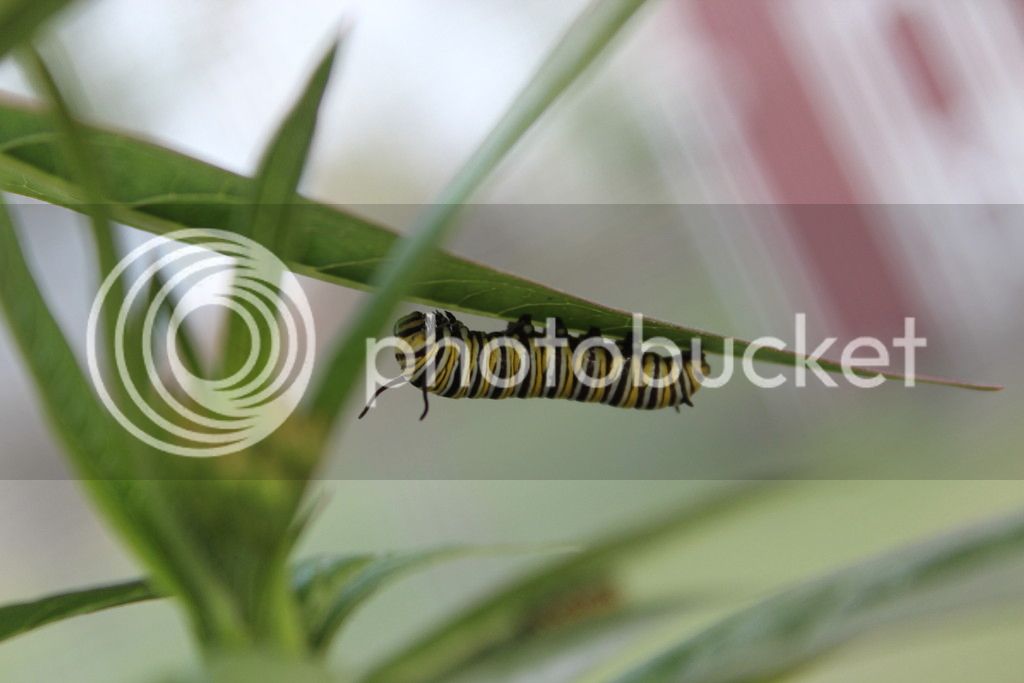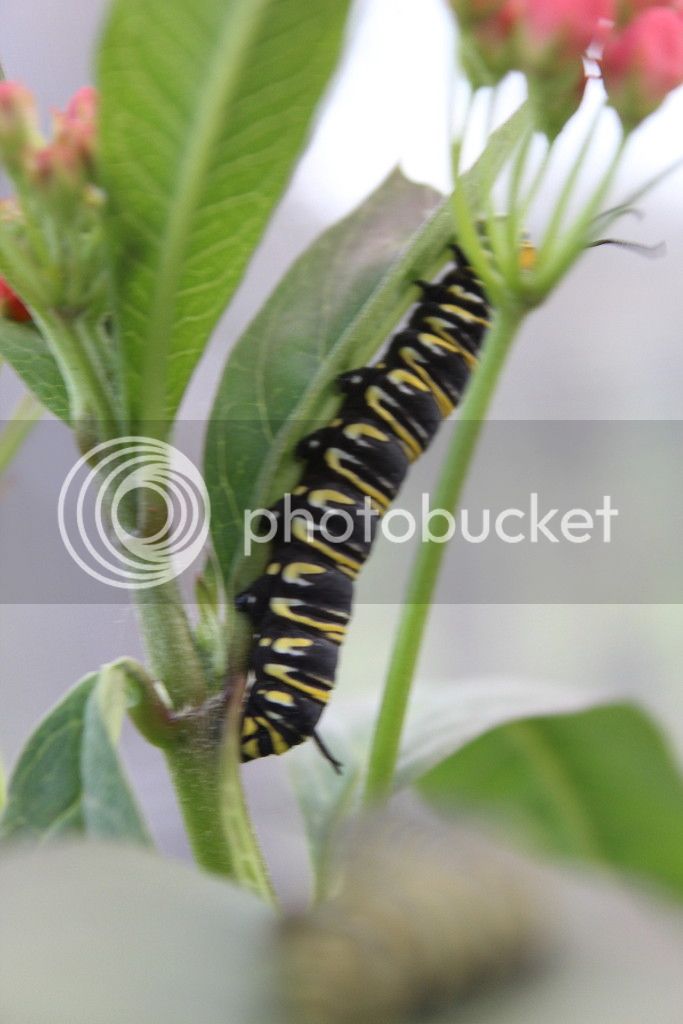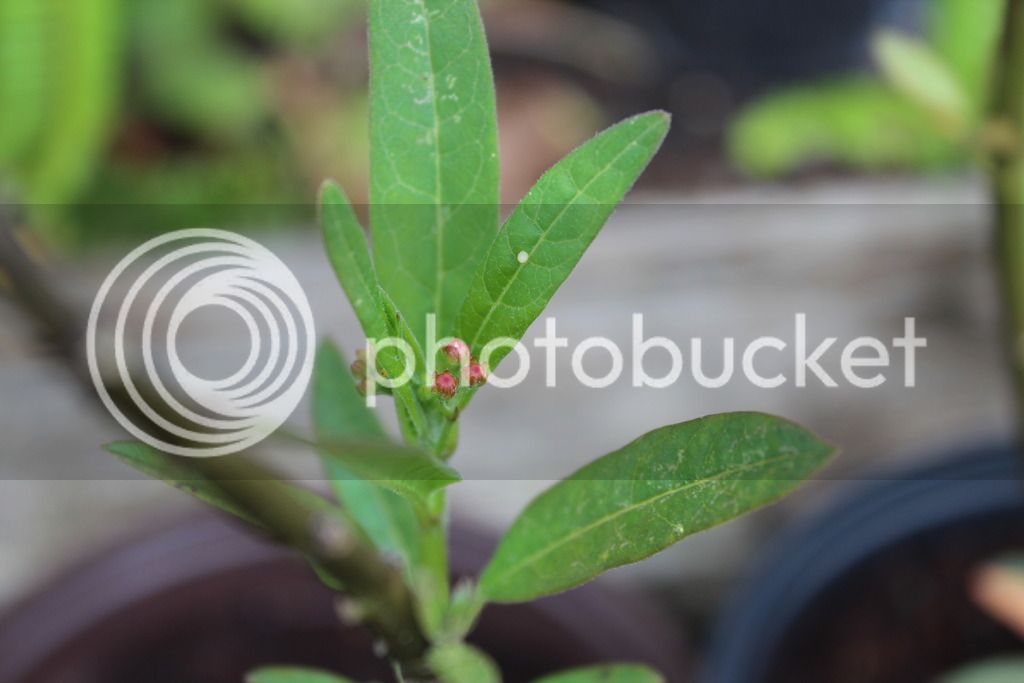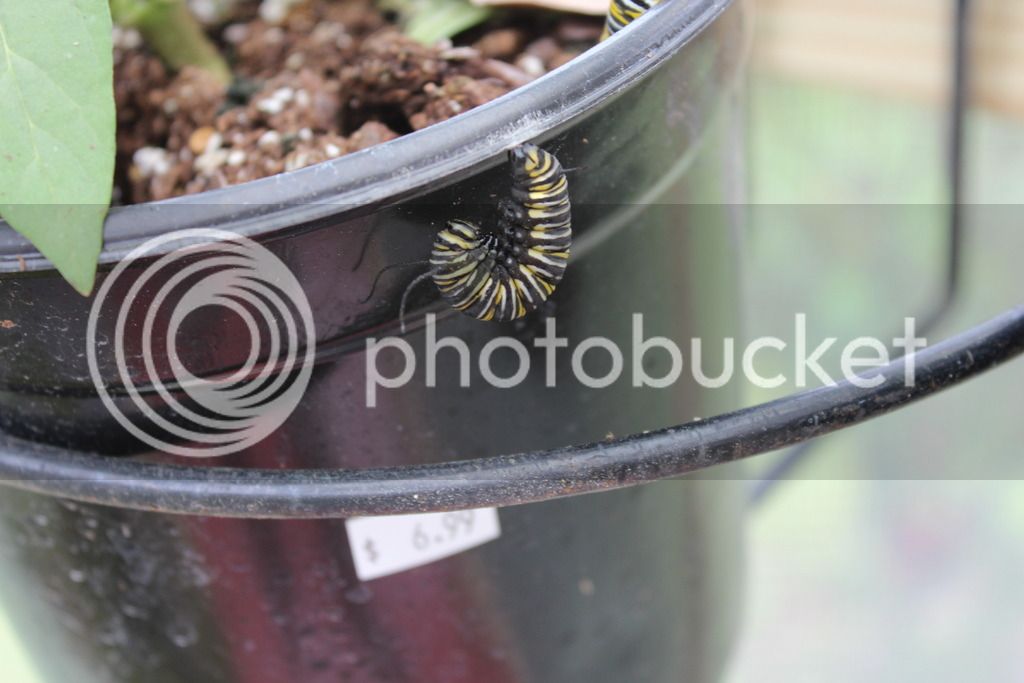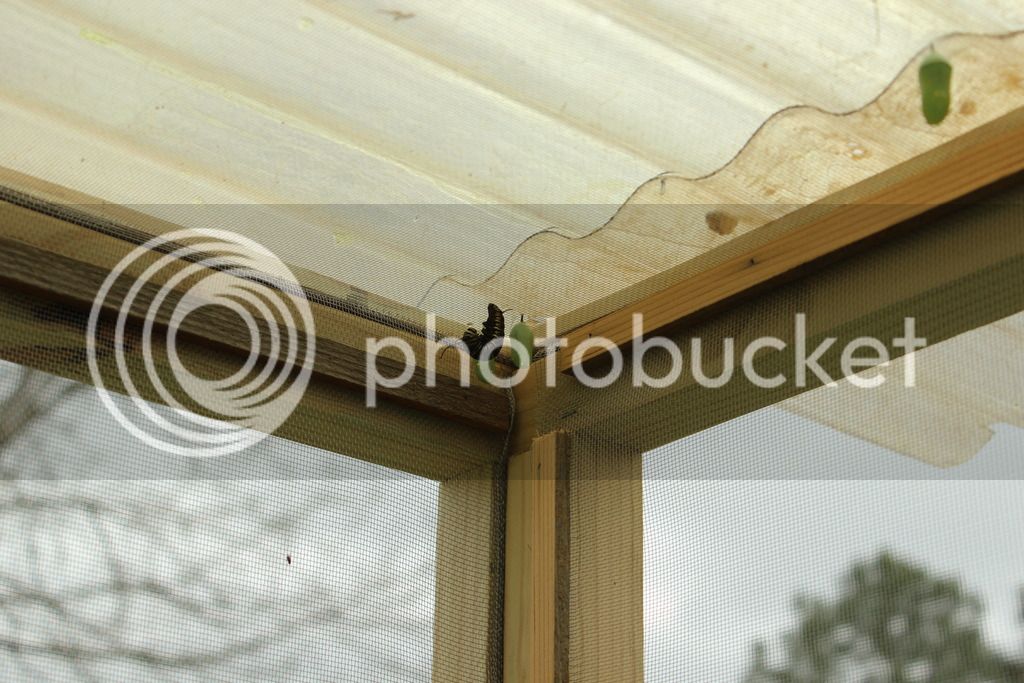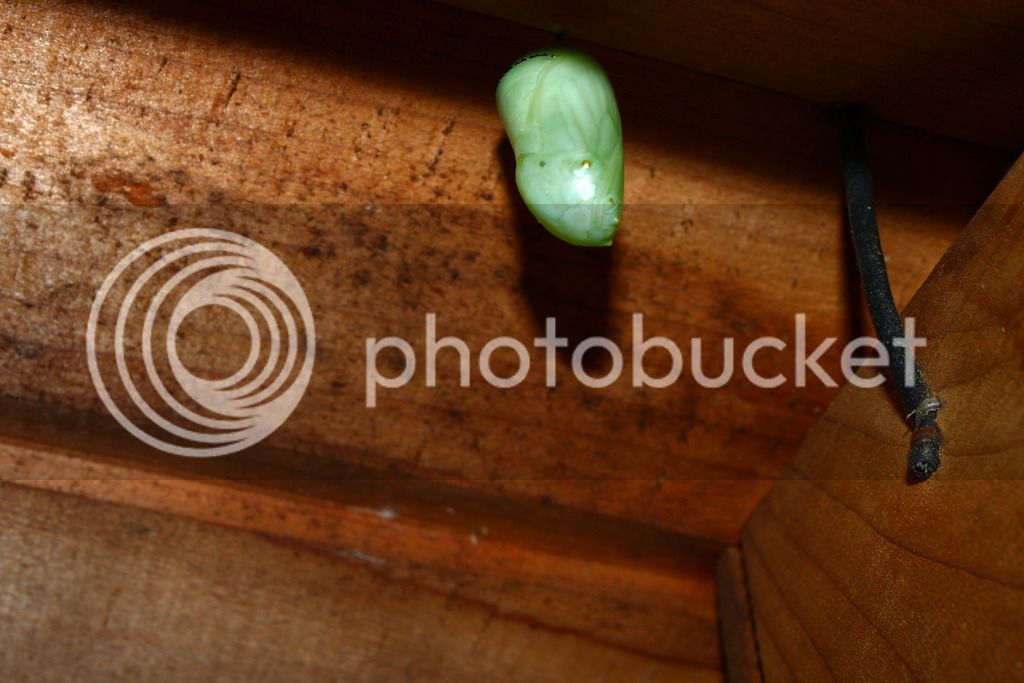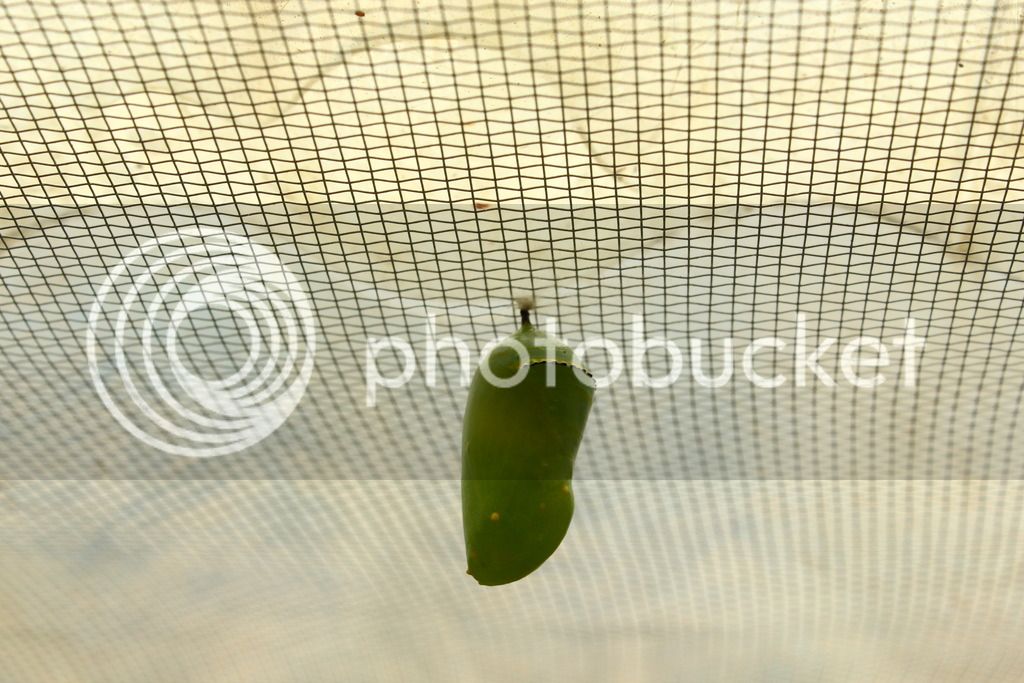I saw the title from a LinkedIn article suggesting systemic insecticides were doing in monarchs. Related chemicals may be affecting bumble bees, which I've heard in upstate ny have been declining, and I think I observed some loss in north jersey, but without testing I couldn't say what was really happening.
That said, I saw some report stating somewhere overseas that they were suspecting honeybee colony loss disorder 'wasn't' caused by neonicotinoids. Colony loss also happened on cycles, before these chemicals were used. Though maybe part of overall picture, think much more to it
This all said, it's very difficult to be responsible and protect butterflies; they go everywhere, even into enclosed greenhouses! I previously tried to save lots of red admirals at ny greenhouse as they would come in through vents and not figure out how to get out. Also tried the same also with some monarchs at north jersey greenhouses; first workers thought I was touched in the head a bit

but then when I explained how monarchs were disappearing they thought it was more cool
My uncle in upstate ny has farm where pasture on scruffy land that has a bunch of milkweed, and sadly last year that was one of the few places I saw monarchs

